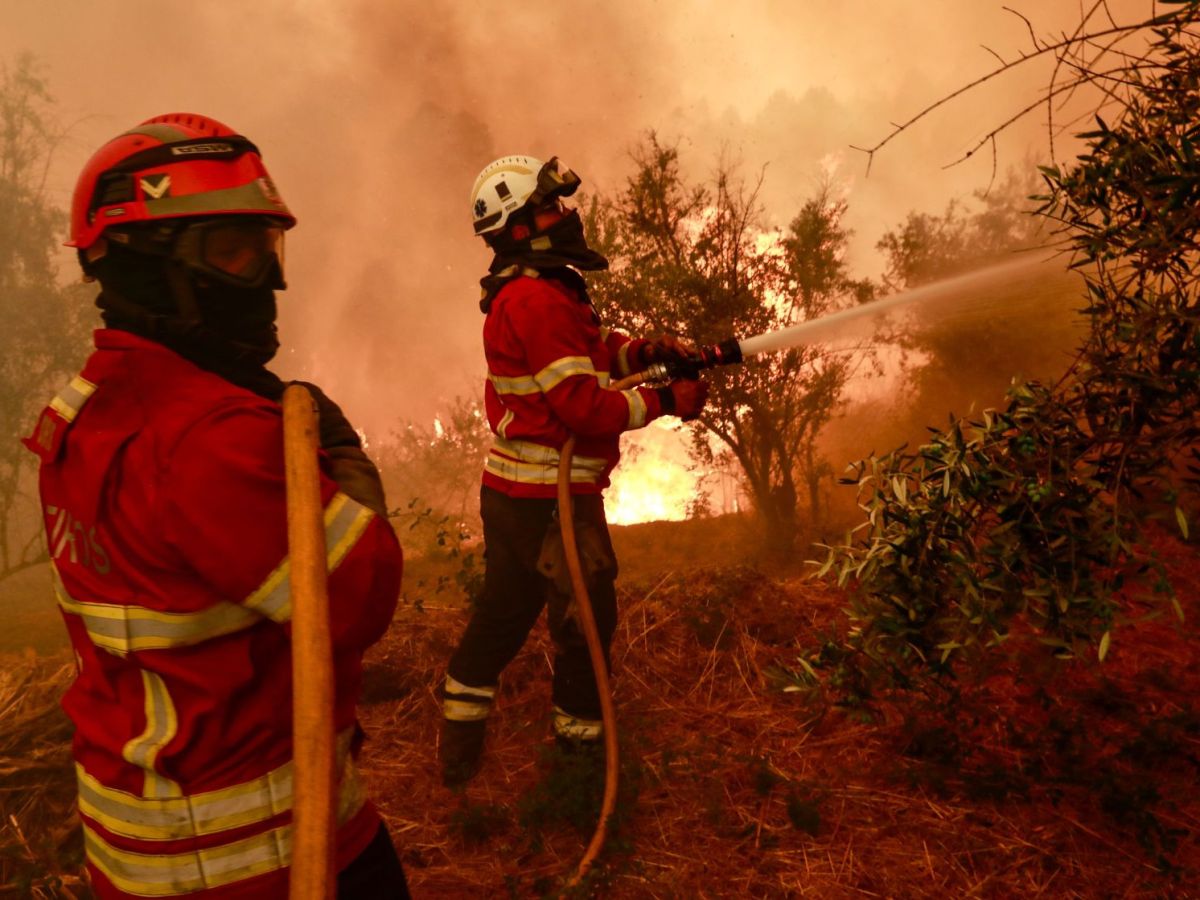According to the ministry, emergency and critical measures – largely completed – focused on ash retention, clearing and reopening waterways, and soil stabilisation. These efforts were carried out by the Portuguese Environment Agency (APA), the Institute for Nature Conservation and Forests (ICNF), and local authorities. Protocols with municipalities will be signed on 26 September in Sátão, Viseu district.
The €15 million budget covers urgent but less immediate interventions, identified with the support of affected municipalities, including infrastructure reconstruction and medium-term works.
The ministry stressed that actions in protected areas, Nature 2000 sites and other sensitive zones began “exceptionally quickly” thanks to legislation introduced in late August, backdated to July. This allowed the APA and ICNF to fast-track essential works, such as water quality protection at the Vilar, Ferradose and Vilarinho das Furnas reservoirs, and in public supply systems in Arganil. Measures included installing sediment barriers, continuous water quality monitoring, and clearing blocked watercourses.
Emergency stabilisation contracts may also cover the removal of burnt vegetation unlikely to recover, invasive species control, road repairs and forest residue barriers on slopes. Structural recovery projects, expected to last up to three years, will focus on watershed protection, soil conservation, waterway restoration, and the recovery of local flora and fauna.
Mainland Portugal faced several major wildfires this summer, particularly in the North and Centre, which left four people dead, including a firefighter, caused multiple injuries and destroyed homes, farms, and forest areas. By the end of August, more than 254,000 hectares had burned, making 2025 the third-worst year on record for fire damage.













